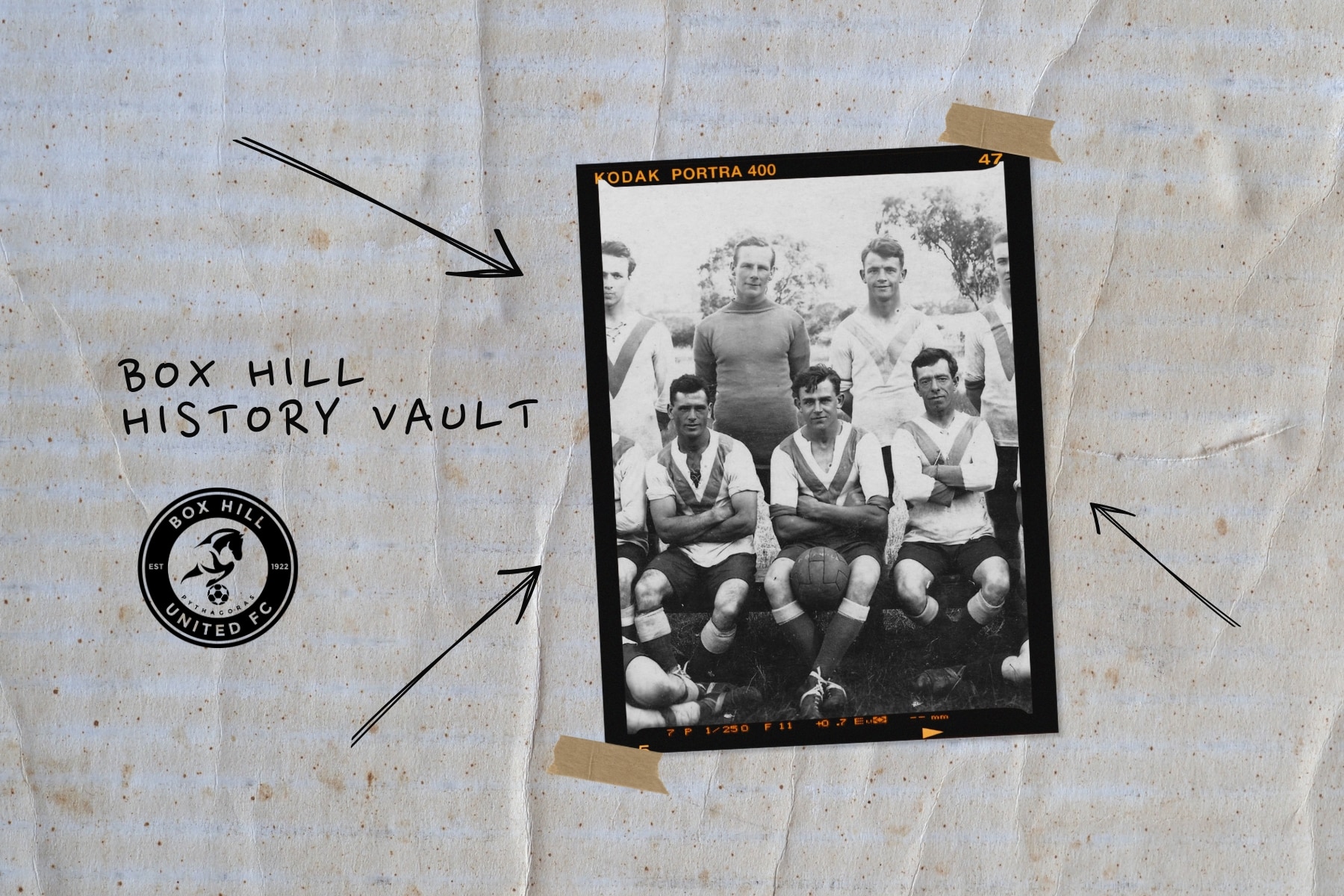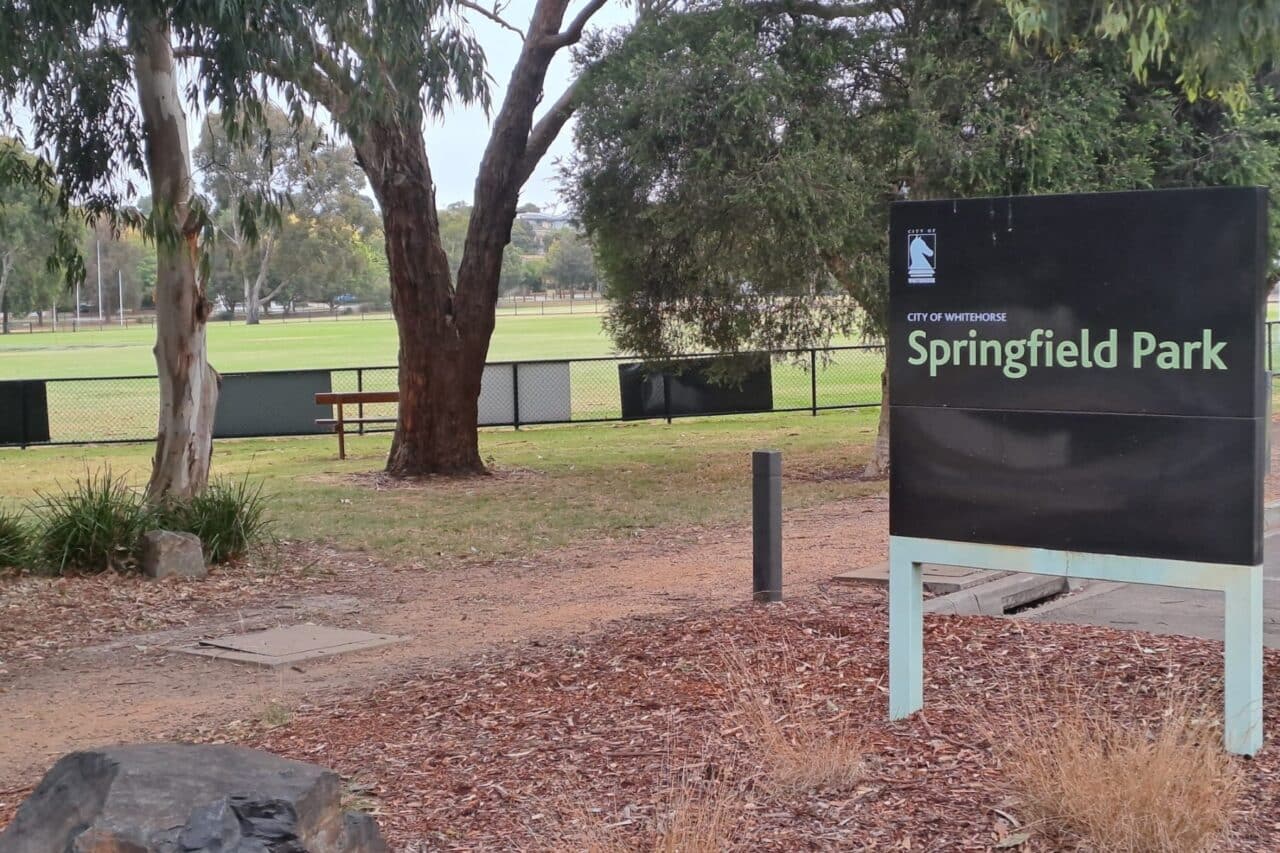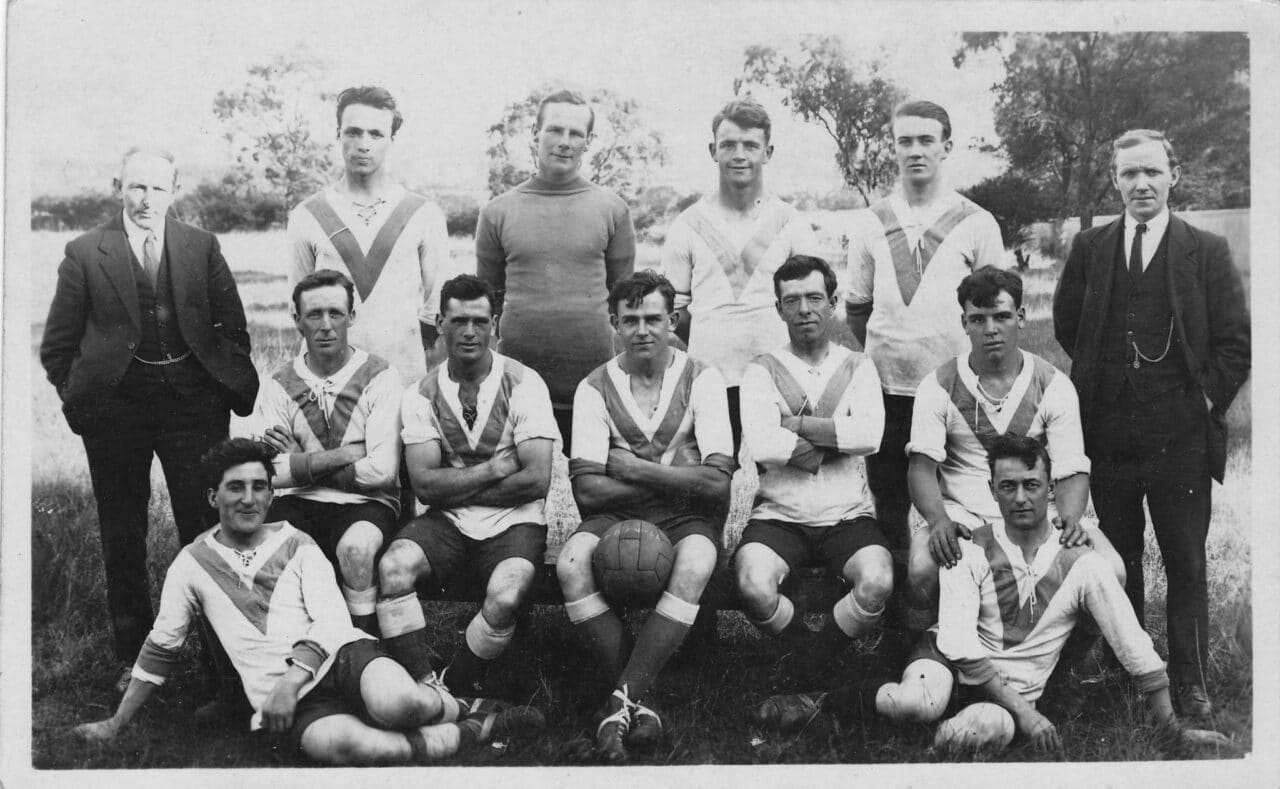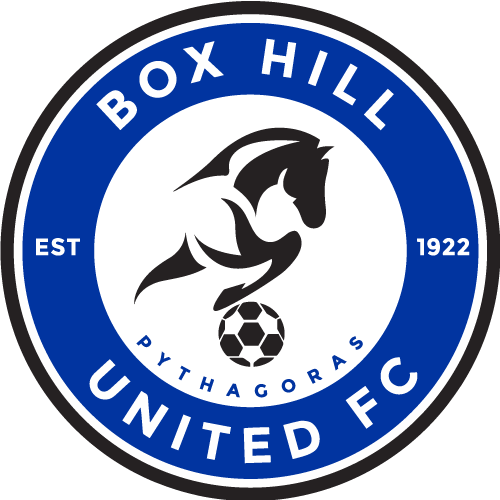
Throwback Thursday: Making way for a cemetery and battling mad cows
Did you know that Box Hill Soccer Club’s first “home” was on the land now occupied by the Box Hill cemetery on Middleborough Road? And that when the club found its first permanent home ground the biggest issue was mad cows wandering on to the pitch?
In the mid-1920s the open space on the current cemetery site was shared by soccer and Australian Rules teams. As the Box Hill district grew in leaps and bounds, the requirement for a burial ground pushed the sporting teams aside.
Box Hill approached the Box Hill Council to lobby for a permanent home ground. The council quickly agreed, no doubt impressed that in its first-ever official season in 1925 Box Hill had won the Metropolitan League Fourth Division. Box Hill’s new home was a former cow paddock at the corner of Springfield and Dorking Roads in Box Hill North. As part of the cemetery development, the Box Hill Australian Rules team moved across Whitehorse Road to its current site, City Oval.
Box Hill’s delight over its new home ground at Springfield Park was tempered by the harsh reality. The cow paddock was exactly that, a rough and bumpy piece of land. The hoof marks of the cattle were bad enough, but the cow dung was a problem. It transpired that the council had given the local cattlemen the right to graze their herds during the week before the Saturday matches. At least the field was well fertilised. One enthusiastic member took matters into his own hands and arrived early one morning to plough the field, hoping to smooth out the potholes, but this hardly improved the standard of the surface. The condition of the pitch did not hinder Box Hill’s champion team that had won the Fourth Division the season before.

A view of Springfield Park.
In 1926, the newly promoted team raced to the top of the Third Division, scoring goals freely. Box Hill’s main rivals were Werribee United. The competition included Sunshine, Moonee Ponds and Brighton so the Box Hill entourage travelled far and wide. After a tense 14 game season, Box Hill won the premiership by just two points, scoring 64 goals while conceding 18, losing just twice. The main threats to Box Hill’s success were the cattle. On several occasions a wandering cow or two would lumber onto the field of play, holding up the game and bringing protests from the opposition. An official complaint was lodged with the Victorian Amateur Soccer Football Association, which issued an official warning that Box Hill’s home matches would be relocated if the mad cows weren’t kept under control.

Team photo from the 1920s.
Success on the field helped the club expand in the community. In this period more players joined the club. Training sessions for the reserves and junior players were held on Saturday morning at Springfield Park before the first team match. Amenities became a pressing issue and from these early days Box Hill became a club that would build its own facilities. The club put out a tender for the installation of a closet toilet at Springfield Park. The cost of £1 put a dent in cash reserves, but was a great relief for spectators and players alike. There was much pride for the hard-working folks of Box Hill FC when the Mayor of Box Hill, Councillor J. Ellingworth, officially opened the ground at Springfield Park on 18 June 1926. Springfield Park was Box Hill’s home ground for 13 years from 1926 until 1939.





